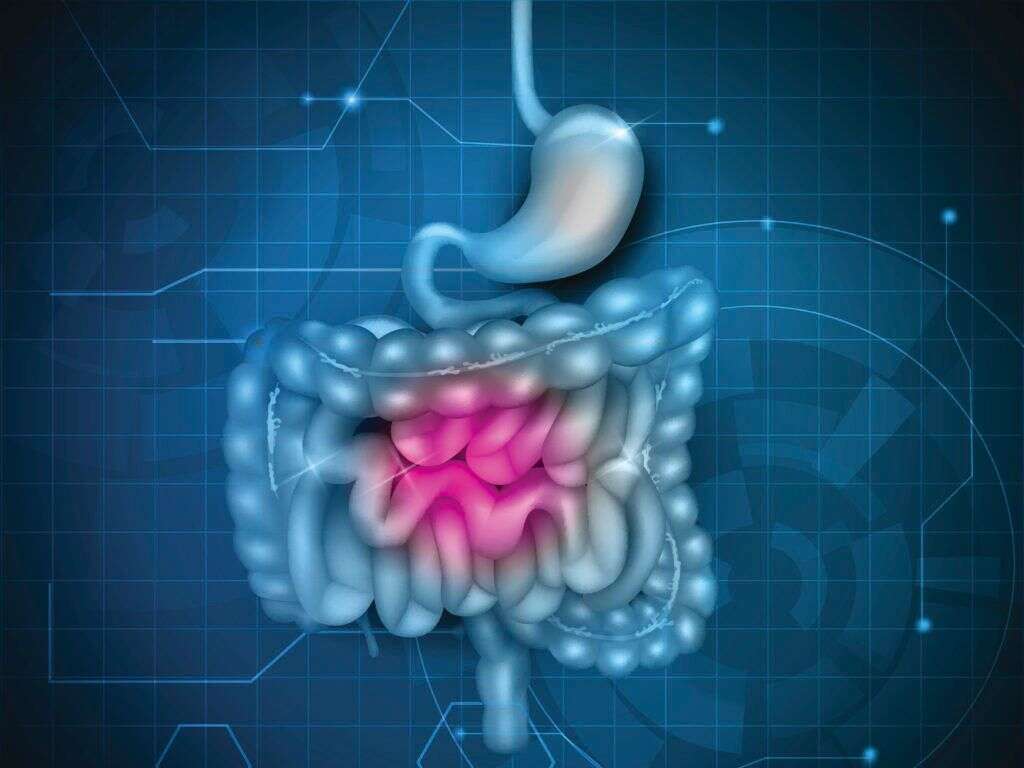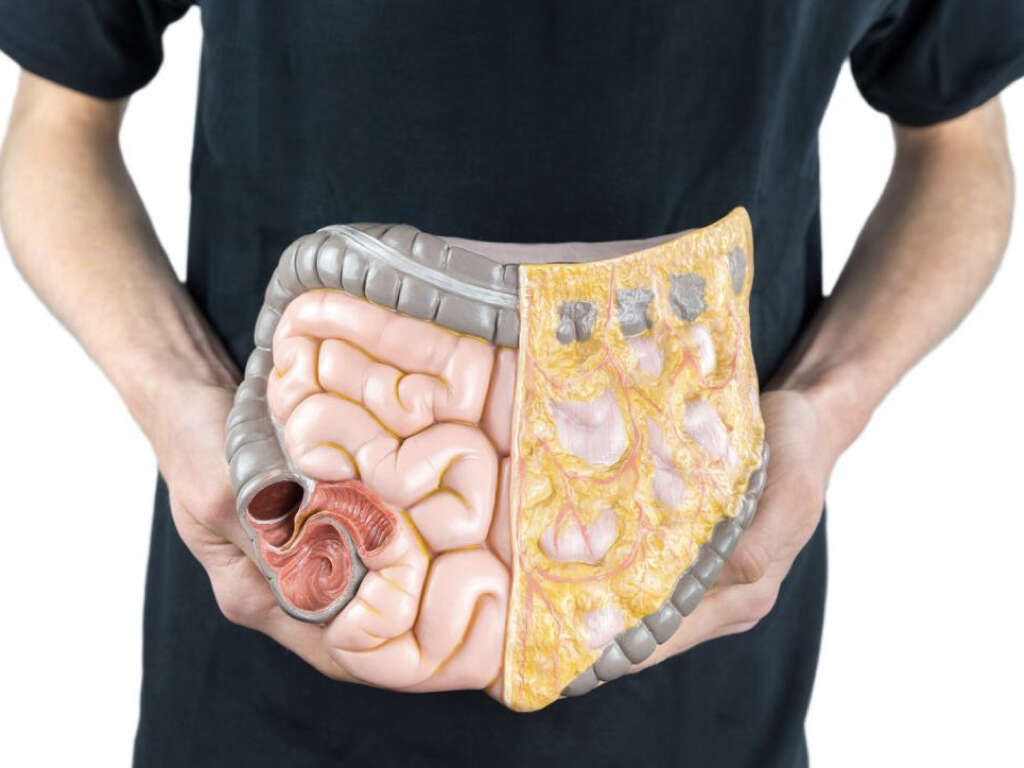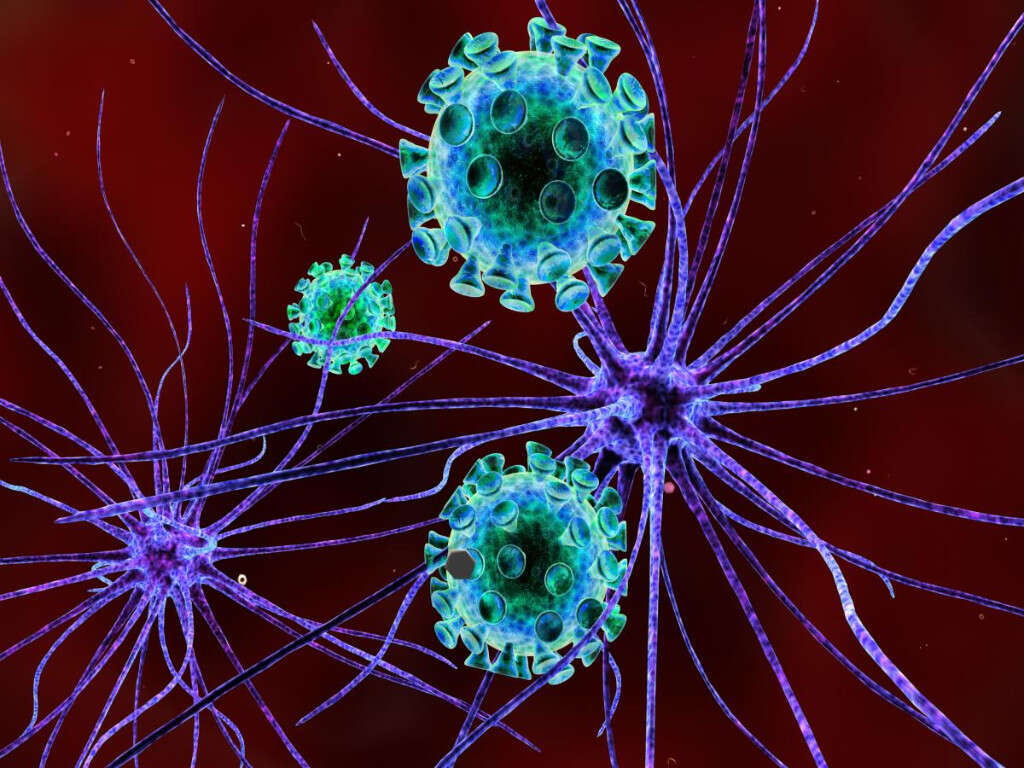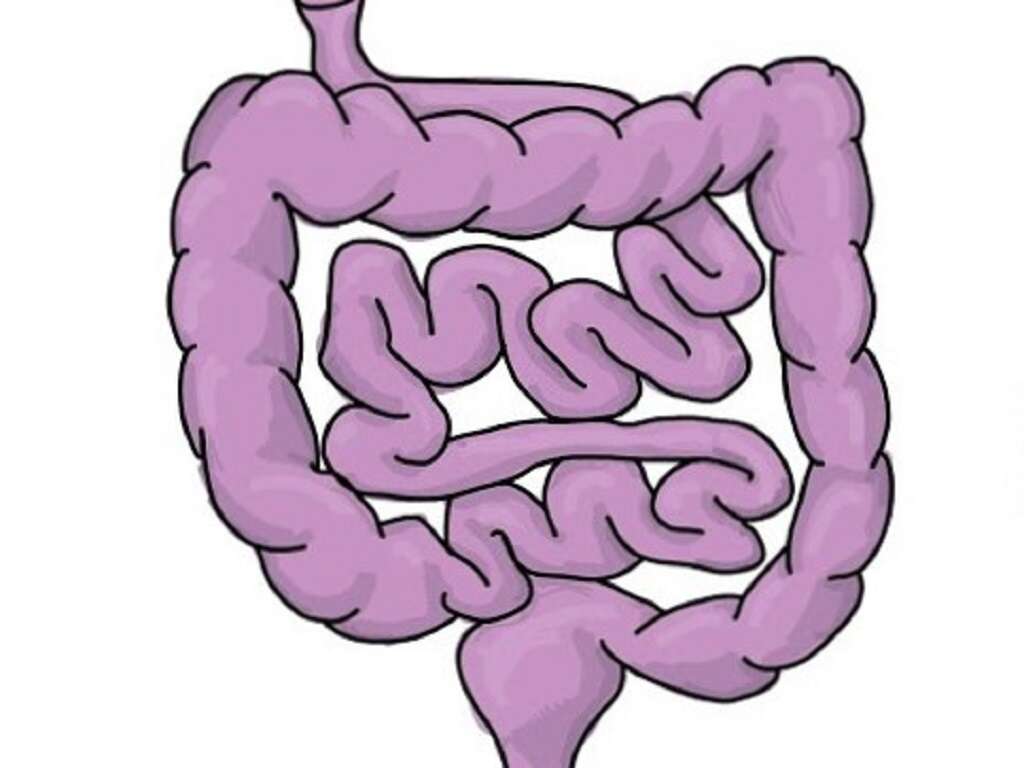What Is Dysentery?
5. Bacterial Dysentery
Bacterial dysentery is caused by a bacterial infection from campylobacter, enterohemorrhagic E. coli, salmonella, or shigella bacteria. Shigellosis, which is caused by the shigella bacterium, is the most common type of bacterial dysentery in the united states. The U.S. sees around 500,000 cases every year.
Most people will begin to show symptoms around 1 to 3 days after having been infected. When symptoms do arise, they will typically include abdominal cramps, nausea, vomiting, and fever. The patient will also have diarrhea, and there will also often be mucus or blood in the diarrhea. Bacterial dysentery can go on to cause potentially serious complications.
Advertisement












